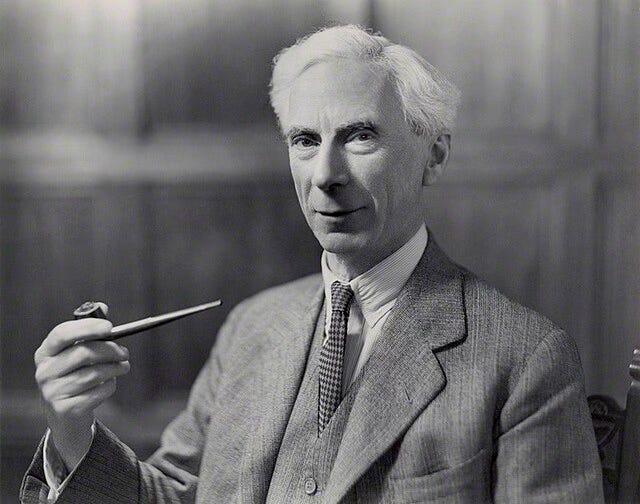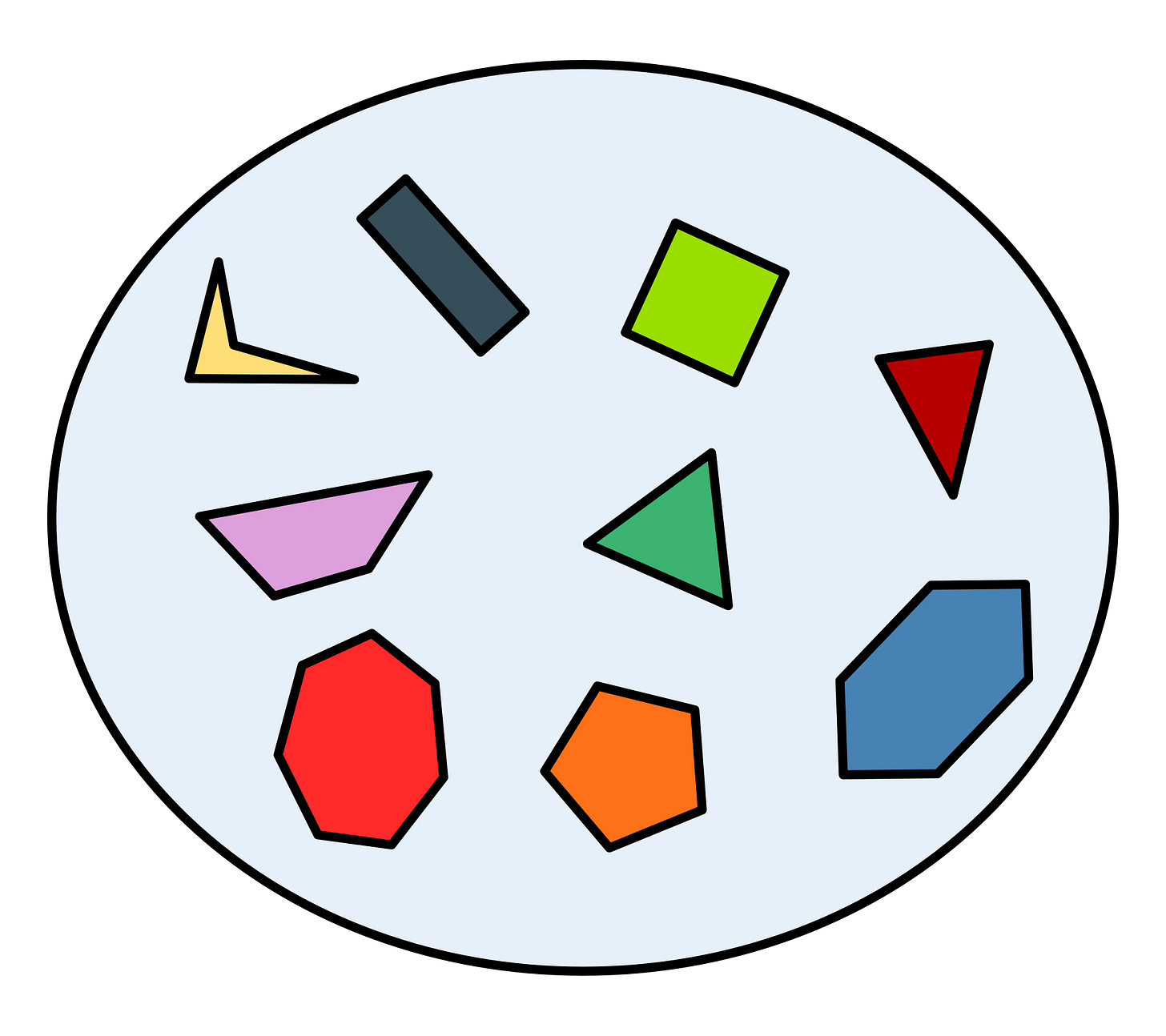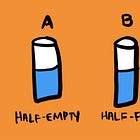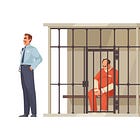Russell's Paradox: How a British Philosopher Showed Math Had a Fatal Flaw
From Barber Shops to Set Theory: The Paradox that Redefined Mathematics
This is The Curious Mind, by Álvaro Muñiz: a newsletter where you will learn about technical topics in an easy way, from decision-making to personal finance.
In 1901 the whole mathematics community trembled.
Until then, the mathematical world felt secure in its foundations. The rules of logic seemed rigorous and unmistaken, and mathematicians believed they had built an unshakeable system. This changed with a surprisingly simple question by British mathematician and philosopher Bertrand Russell, which shocked the entire mathematics community.
What Russell discovered—now known as Russell’s paradox—revealed a fundamental flaw in the heart of mathematics. Using nothing but strict logical rules, Russell showed how to construct something impossible: an object that has and hasn’t a property at the same time.
But before you start questioning whether 2+2 still equals 4, let me tell you a story about a barber...
Who Shaves the Barber?
Let's start with a puzzle that captures the essence of Russell's puzzling discovery:
The Barber Paradox
The town of Santiago has a barber named Antonio.
Antonio has a very specific job description: he shaves all those men, and only those men, who do not shave themselves.
Now here’s the million-dollar question:
Give this question a try. If you feel like your brain is exploding, that’s exactly how Russell felt when he stumbled upon this logical trap.
Let’s see why this innocent question creates such chaos.
The Building Blocks of Mathematics
To understand Russell’s paradox we first need to take a look at two of the first concepts that any mathematics undergraduate learns: elements and sets.
A set is a collection of things, and such things are called its elements.
The idea is very simple, yet these concepts form the backbone of virtually all modern mathematics.
Let’s see this with some examples:
The set of all months is the collection formed by January, February… up to December. January belongs to this set; Monday doesn’t.
The set of even positive numbers includes 2, 4, 6... up to infinity.
The set of all animals with 4 legs and without trunks includes dogs and horses, but excludes elephants and spiders.
Sets are incredibly flexible—you can collect almost anything into them. And that's precisely where the trouble begins.
The Barber Set
Let's translate our barber puzzle into the language of sets:
Consider the set of all people in Santiago that don’t shave themselves.1
Is Antonio a member of this set?
If he is, Antonio doesn’t shave himself. If he isn’t, he shaves himself.
Let’s work this out:
Scenario 1: If Antonio belongs to this set, this means he doesn’t shave himself. But wait—Antonio shaves all men who don’t shave themselves. So if Antonio doesn’t shave himself, he must shave himself. Contradiction!
Scenario 2: If Antonio doesn't belong to this set, then he must shave himself. But Antonio shaves only those men who don't shave themselves. So if he shaves himself, he cannot shave himself. Another contradiction!
We're trapped in an endless loop: assuming Antonio is in the set proves he's not in the set, and assuming he's not in the set proves he is in the set.
It's like discovering that day is night and night is day—pure logical impossibility created from seemingly innocent assumptions.
Sets within Sets: The Plot Thickens
Before we reveal Russell's Paradox, there's one more concept we need: sets can contain other sets.
Consider our set of all months: AM = {January, February, March...}.
Since a set is just a collection, nothing stops us from creating another set that contains AM itself. For example: X = {AM, elephant}.
Here, the entire set of all months AM is an element of the set X, sitting right next to an elephant.
Sets can be elements of other sets—a fact that will prove crucial to Russell's paradox.
Russell’s Paradox: The Earthquake
Now we're ready for the main event. Russell asked a question so simple it seems innocent, yet so profound it broke mathematical certainty:
Consider the set R containing all sets that are not elements of themselves.
In other words: R = {all sets X such that X is not an element of X}.
The master question: is R an element of itself?
Suppose R is an element of R. Since R is defined as those sets that are not elements of themselves, we conclude that R is not an element of R. Contradiction!
Suppose R is not an element of R. Since R is defined as those sets that are not elements of themselves, this means that R must be an element of R. Contradiction!
Just like our barber, Russell's set exists in an impossible state—simultaneously belonging and not belonging to itself.
The Solution: When Descriptions Don't Make Sense
So how do we resolve this mind-bending paradox? The answer is surprisingly straightforward, though it took mathematicians some time to fully understand it.
The barber doesn't exist. The description "a barber who shaves all and only those who don't shave themselves" is simply meaningless—it's like describing a "square circle" or a "married bachelor." Just because we can write the words doesn't mean the thing can actually exist.
Similarly, Russell's set R doesn't exist either. The phrase "the set of all sets that don't contain themselves" seems to make sense grammatically, but it's actually not well-defined. It's a description that leads to logical impossibility, which means no such set can exist.
This insight revolutionized how mathematicians think about sets. We learned that not every description automatically corresponds to a real mathematical object. Some descriptions are simply contradictory, even if they sound reasonable at first.
Why This Mattered (And Still Does)
Russell's paradox wasn't just an intellectual curiosity—it was a foundational crisis.
Mathematics had prided itself on logical rigor, yet here was proof that the system contained inherent contradictions. If you can prove both that something is true and false using the same logical rules, how can you trust any mathematical proof?
Real-world implications emerged everywhere:
Computer science: Early programming languages had to grapple with similar self-referential problems.
Philosophy: The paradox challenged our understanding of language, meaning, and logical systems.
Set theory: Mathematicians developed new, more careful axioms (like Zermelo-Fraenkel set theory) to avoid such contradictions.
The Ongoing Legacy
The beauty of Russell's paradox lies not in the problem it created, but in how it forced mathematics to evolve. Rather than breaking mathematics, it made the field stronger by:
Forcing precision: Mathematicians became more careful about their foundational assumptions
Inspiring new approaches: Modern set theory includes safeguards against self-referential contradictions
Highlighting limits: We learned that even logic has boundaries and blind spots.
Today, when programmers debug recursive functions, when philosophers analyze self-referential statements, or when AI researchers grapple with systems that reason about themselves, they're all playing with pieces of Russell's paradox.
In Case You Missed It
Spanish readers: there seems to be a problem with the translation. Whenever you read “no se afeita” it actually should say “no se afeita a sí mismo”, and similarly “se afeita” should instead say “se afeita a sí mismo”.








Woow! Great explanation and great simplification of a subject that isn't at all simple. I was amazed to see how apparently easy the answet was! 😅👏🏽